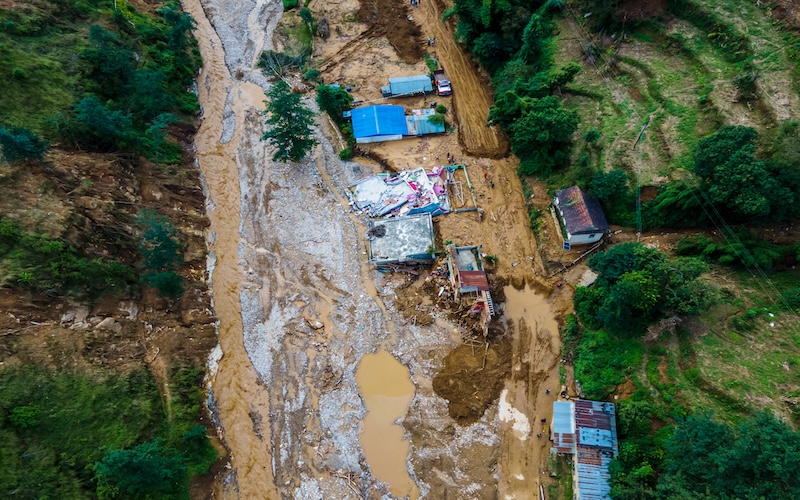Surviving Flash Floods and Rapid Water Events
Flash floods and rapid water events are sudden, deadly, and often underestimated natural disasters. These events can develop in minutes, transforming a familiar landscape into a torrent of unpredictable danger. Surviving such scenarios demands a thorough understanding of the risks, a prepared plan of action, and the ability to adapt under extreme pressure.
The Nature of Flash Floods: Why They’re So Dangerous
Flash floods occur when water levels rise rapidly due to heavy rainfall, dam failures, or snowmelt. Unlike standard flooding, these surges are sudden and powerful, often carrying debris, uprooting trees, and destroying infrastructure. The speed of water, combined with its force, can overwhelm even the most experienced individuals.
A primary danger lies in underestimating water depth and flow speed. Six inches of fast-moving water can knock an adult off their feet, while just two feet can sweep away vehicles. Urban areas are particularly prone to flash floods due to impermeable surfaces like roads and parking lots, which prevent water from being absorbed into the ground.
Early Warning Signs and Immediate Actions
Recognizing early warning signs is critical. Rapid changes in weather, heavy rainfall in nearby areas, or rising water in creeks and streams can all signal the onset of a flash flood. If you notice any of these indicators, act immediately—waiting to “see what happens” could cost you precious time.
- On Foot: Move to the highest ground available, avoiding riverbanks, gullies, or low-lying areas. Flash floods often carry debris, so steer clear of places where the water is fast-moving or murky.
- In a Vehicle: Never attempt to drive through floodwaters, even if they appear shallow. Your vehicle can lose traction or be swept away in just a few inches of water. Abandon your car if water begins to rise around it, and seek higher ground.
- In Your Home: If evacuation isn’t possible, move to the highest level of your home. Avoid basements or lower floors where water can rise quickly.
How to Prepare Your Home and Family
Proper preparation can significantly reduce the impact of a flash flood. Evaluate your property’s flood risk by consulting local flood maps and understanding the elevation of your home relative to nearby water sources.
- Flood-Proofing Your Home: Elevate critical systems such as electrical panels and appliances above potential flood levels. Install sump pumps and ensure drainage systems are clear.
- Emergency Kits: Keep an emergency kit ready, including waterproof flashlights, batteries, non-perishable food, water purification tools, and important documents in a watertight bag.
- Family Plans: Create a clear evacuation plan, assigning roles to each family member and identifying multiple escape routes. Practice drills regularly to ensure everyone knows what to do.
What to Do If Swept Away
Being swept into floodwaters is a terrifying experience, but survival is possible with the right techniques:
- Stay Calm and Float: Try to remain calm and float on your back, keeping your head above water. Point your feet downstream to shield your body from debris.
- Avoid Obstacles: As you’re carried by the current, use your arms to steer away from dangerous obstructions like fallen trees or collapsed structures.
- Grab and Hold: Look for stable objects such as rocks, branches, or poles to grab onto. Once secure, work your way toward the edge of the current.
Understanding Water Contamination Risks
Floodwaters aren’t just a physical hazard—they’re also a health risk. Contaminated water often carries chemicals, sewage, and harmful bacteria. Avoid ingesting floodwater and purify any water used for drinking or cooking. Boiling water or using purification tablets can mitigate these risks.
The Hidden Dangers of Post-Flood Recovery
Even after the waters recede, dangers remain. Weakening of bridges, roads, and buildings can create hidden threats, while standing water can harbor bacteria and attract disease-carrying insects. Proceed with caution when returning to flooded areas, and rely on local authorities for updates and guidance.
Conclusion
Flash floods remind us of nature’s raw power, but preparation and vigilance allow us to face such events with confidence. Protecting yourself starts with awareness and decisive action when it matters most. Armed with foresight and a plan, you can navigate these challenges and emerge stronger and safer.




